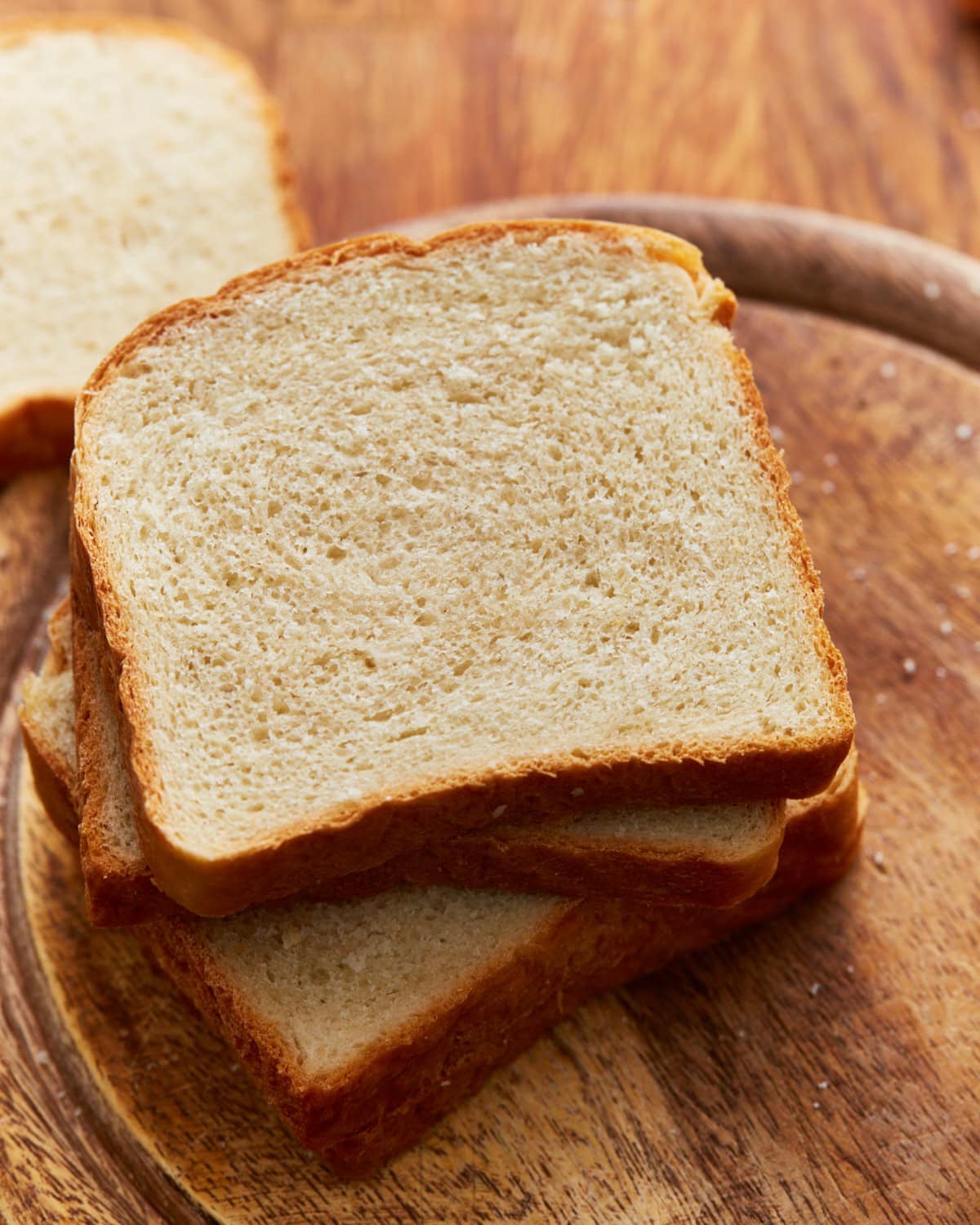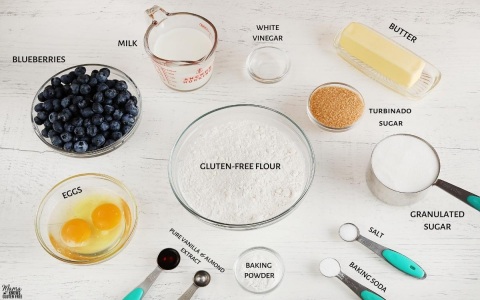Alright, let’s talk about this whole gluten-free baking thing. It wasn’t something I planned, really. It kinda happened because a family member needed to cut out gluten, and store-bought stuff? Man, it was either crazy expensive or tasted like cardboard. Sometimes both. So, I figured, how hard could it be? I bake regular stuff all the time.

Getting Started – More Like Getting Confused
Turns out, pretty hard. First thing I noticed was the flour situation. It’s not just swapping one bag for another. Oh no. You walk down that aisle and it’s like a science experiment:
- Almond flour
- Coconut flour
- Rice flour (brown and white, because why make it simple?)
- Tapioca starch
- Potato starch (not flour, starch!)
- Cassava flour
- Buckwheat flour (which isn’t wheat, go figure)
And a bunch more I can’t even remember. My first thought was, “Okay, I’ll just grab one and try.” Big mistake.
My First Attempts Were… Interesting
I started with a simple muffin recipe. Subbed in almond flour one-for-one like the internet sometimes vaguely suggests. The result? Sad, flat, oily little discs. Tasted okay-ish, like sweet almonds, but the texture was just wrong. Dense. Heavy.
Next try, I used a pre-made gluten-free blend. A bit better, but still crumbly. Like, pick-up-a-cookie-and-it-explodes crumbly. Forget about packing that in a lunchbox. It became clear pretty fast that gluten isn’t just filler; it’s the glue holding everything together. Without it, things just fall apart.
Then came the rice flour phase. Gummy. Everything felt weirdly chewy and dense in a way that wasn’t pleasant. It felt like I was just creating new kinds of bad textures. My kitchen counters were permanently dusty with weird flours, and my trash can saw more failed experiments than I care to admit.

Figuring Things Out, Slowly
I realized I couldn’t just substitute. I had to actually learn what these different flours did. Almond flour adds moisture and fat. Coconut flour sucks up liquid like a sponge. Rice flour gives structure but can be gritty. Starches like tapioca and potato help with binding and texture.
So, I started mixing my own blends. It felt like being a mad scientist. A bit of this, a pinch of that. And I learned about binders – xanthan gum, psyllium husk. Weird sounding stuff, but totally necessary. You only need a tiny bit, but leave it out? Disaster. Crumbly city, population: my kitchen.
I spent weeks just tweaking. Made batch after batch of basic cookies or simple quick breads. Kept a notebook, writing down what worked, what definitely didn’t. It was messy. Lots of washing up. But slowly, things started to look… and taste… more like actual baked goods.
I found that a blend usually worked best. Something like brown rice flour, potato starch, tapioca starch, and maybe a little almond flour for flavour and moisture. Plus that crucial bit of xanthan gum. Getting the liquid balance right was also key – gluten-free flours absorb moisture differently than wheat flour.
Where I’m At Now
So, after all that messing around, I can now make some decent gluten-free stuff. Muffins that rise. Cookies that hold together. Even a passable sandwich bread, though that took the longest to get right. It’s not always perfect, and it’s definitely different from traditional baking.

You gotta adjust your expectations. Gluten-free things often have a slightly different crumb or density. But they don’t have to taste bad or fall apart the second you look at them. It just takes practice, a willingness to experiment, and accepting you’ll probably throw a few things out along the way. It’s a journey, for sure, but seeing someone enjoy a treat they thought they couldn’t have anymore? Yeah, that makes the messy kitchen worth it.
